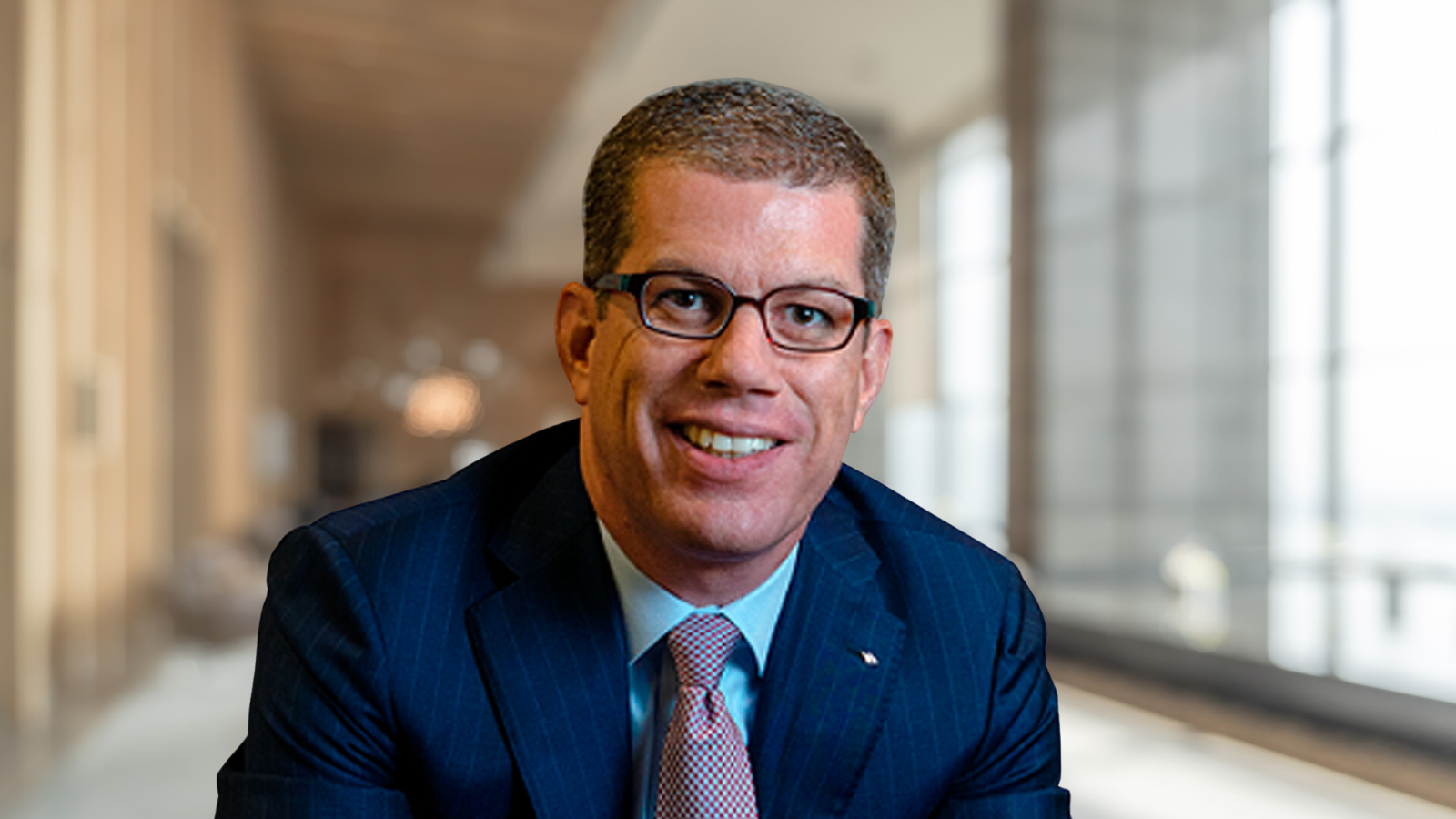What’s driving crypto markets in 2022?
Last week I met with Monochrome Asset Management’s chief operating officer and head of digital markets, Jeff Leal, to chat about all things Bitcoin and crypto. The asset manager is one of the few daring enough to launch its own Monochrome Bitcoin Fund, which is a capital-growth fund offering a regulated and familiar investment vehicle that tracks the price of bitcoin. The fund doesn’t do anything fancy but merely adopts a strictly passive “buy and hold” strategy.
Last calendar year, the fund returned 38.9 per cent. So far this calendar year, the fund is underwater by 6.6 percent. The Monochrome Bitcoin Fund has been awarded an investment-grade rating by research house SQM Research, allowing it to be considered for inclusion on the approved product lists of financial advice licensees; meaning that financial advisers can discuss the fund with their clients.
In discussion with Leal, there was one big obvious elephant in the room… inflation. Bitcoin was once heralded as the perfect replacement for gold; finally, investors had another medium to hedge against inflation. Many investors flocked to bitcoin in order to protect their wealth from the impact of rampant inflation. But did it?
It’s often touted that Bitcoin has a finite supply, 21 million coins. The main way Bitcoin is designed to resist inflation is that its supply is limited and known, and the creation of new bitcoin will taper-off over time in a predictable way. (There will only ever be 21 million bitcoin, and every four years the amount of bitcoin that is mined is reduced by half and enters circulation over time; the rate at which new bitcoin is issued to miners is determined by the Bitcoin protocol. The supply is capped, and supplies of new coins are estimated to run dry around the year 2140.) And unlike central banks, whose economists must respond to market events, the Bitcoin blockchain runs like clockwork.
Current fiat (government) currency isn’t capped. Central banks can increase or decrease the money supply in the economy, which is what we saw occurring during the pandemic. Central bank stimulus payments were used to keep economies from tumbling into recession. The knock-on effect post-Covid is rising inflation.
Leal says, “Bitcoin has a finite supply, 21 million to be exact. As with gold, there is a relatively fixed supply. They haven’t all been released. Every four years the amount of bitcoin that is mined is reduced by half making the bitcoin inflation rate steadily trends downwards. The supply is capped, estimated to run out around 2140.”
This time around, cryptocurrencies became more closely linked to risk assets, like tech stocks rather than to gold. “It’s only recently that cryptocurrencies are rapidly being adopted by investors from traditional asset classes. This could be the driving force behind bitcoin’s correlation with equities,” says Leal.
Leal points out, though, that “the recent tumble in cryptocurrency was caused by a combination of factors and shouldn’t be compared to gold.” Bitcoin shed roughly one-third of its value earlier this year, falling to US$32,982, its lowest point since July 2021. “It’s entirely possible that investors were selling risk assets across the board,” Leal says. “And because Bitcoin has come a long way from its beginnings with institutional interest and big funds pouring in last year. Investors were valuing Bitcoin more like a tech stock than gold.”
Leal says clients are “crypto curious,” and it’s still a volatile space prone to big movements that are hard to predict. “We think financial advisers should be advising clients to allocate 1-5 percent as a maximum to say Monochrome’s Bitcoin fund or ETF. It should not be seen as a core holding.”
Leal concludes by saying, “if a financial adviser allocates 1 percent or 2 percent of a client’s portfolio toward Bitcoin, it gives the client exposure to this asset class without damaging finances if something goes wrong. That’s more important than trying to make rash generalisations about where crypto will be sometime in the future,” he says.










